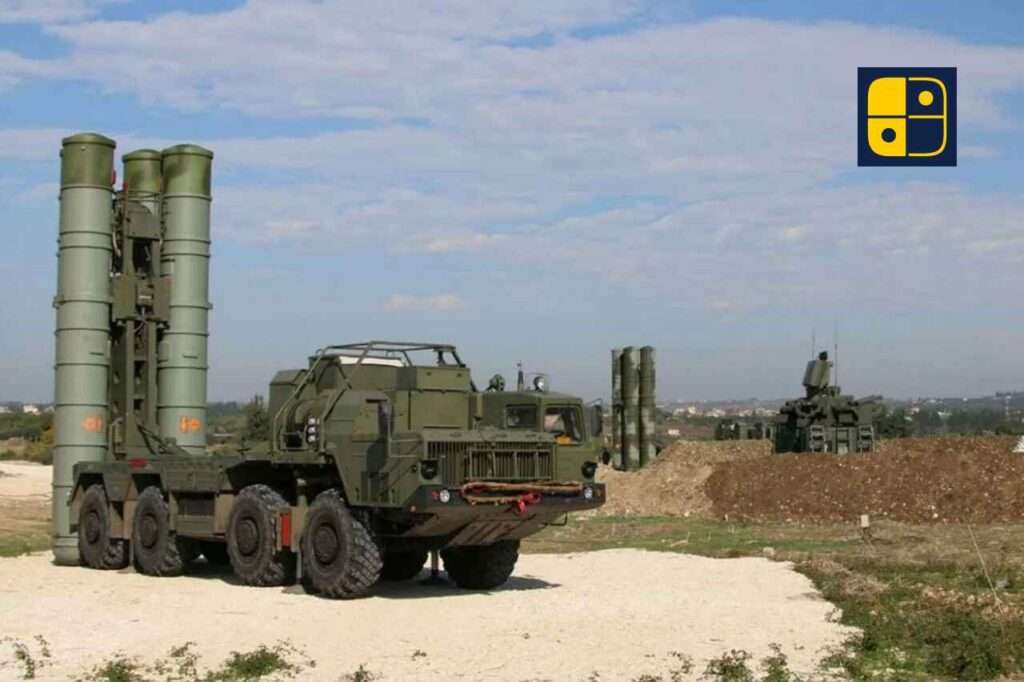India is reportedly in talks with Russia to procure additional S-400 Triumf air-defence systems and is also exploring the possibility of acquiring the next-generation S-500 Prometheus system. According to official sources cited by PTI, discussions on both deals are expected to take place during President Vladimir Putin’s visit to New Delhi in December.
Three of the five S-400 units ordered under the 2018 $5 billion contract have already been delivered, with two more expected by 2026. The new proposal, independent of the original deal, comes in the backdrop of the S-400’s proven performance during Operation Sindoor, when it successfully intercepted drones and missiles launched from Pakistan. The system’s success has reaffirmed India’s confidence in layered air defence, even as it develops indigenous long-range interception capabilities.
The S-400 Triumf remains one of the world’s most advanced surface-to-air missile systems, capable of neutralising aircraft, ballistic missiles, cruise missiles, and stealth targets within a 400-kilometre range. Its mobility, radar precision, and ability to track multiple targets make it a vital asset along India’s western and northern borders, where the first three squadrons are deployed.
India is also evaluating the S-500 Prometheus, designed for future warfare. The S-500 can intercept ballistic and hypersonic weapons, low-orbit satellites, and fifth-generation aircraft like the F-35 and B-2 bomber at ranges up to 600 kilometres. With a response time of less than four seconds and the ability to track ten hypersonic targets simultaneously, it represents the next leap in strategic defence technology.
Although Russia’s own military requirements and the ongoing Ukraine conflict may delay production, Moscow’s willingness to expand defence cooperation remains strong. A potential S-500 agreement, alongside India’s continued S-400 deployments, would mark another milestone in the long-standing Indo-Russian defence partnership cementing New Delhi’s bid to strengthen its deterrence and secure its skies in an increasingly contested strategic environment.

